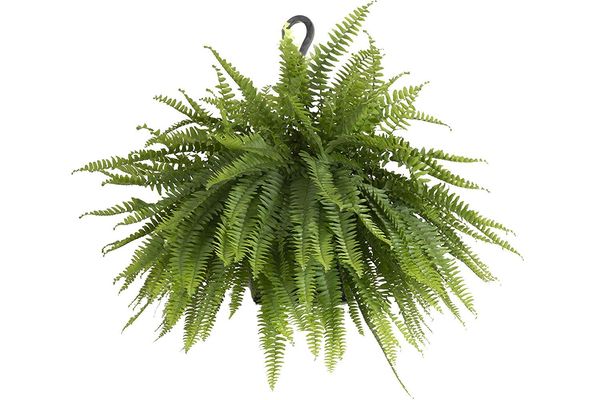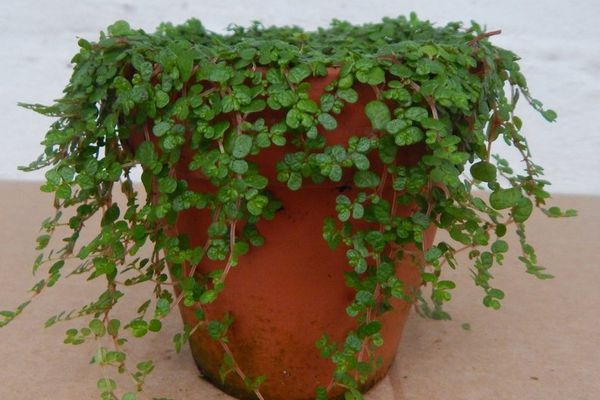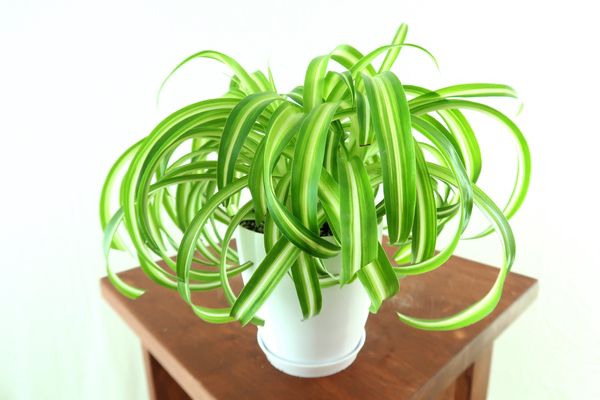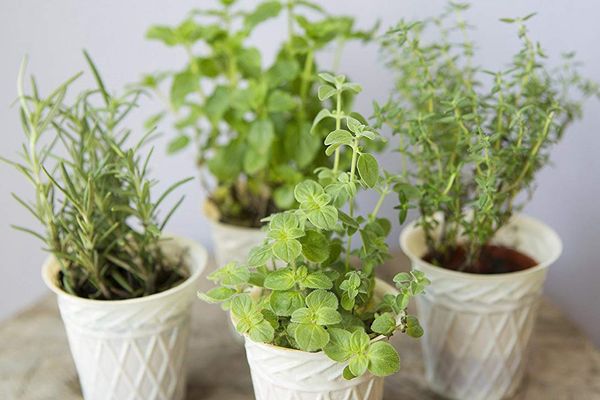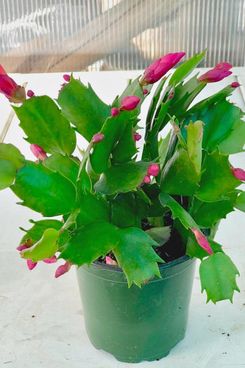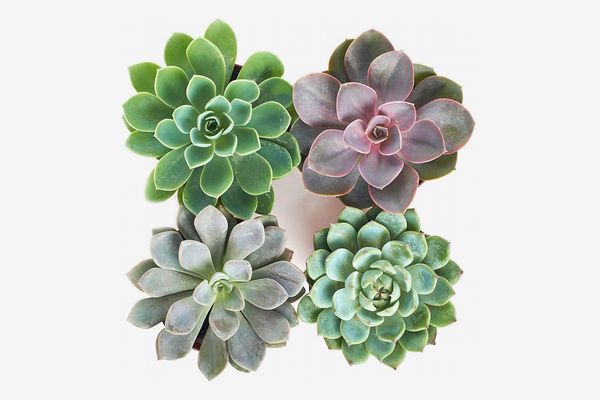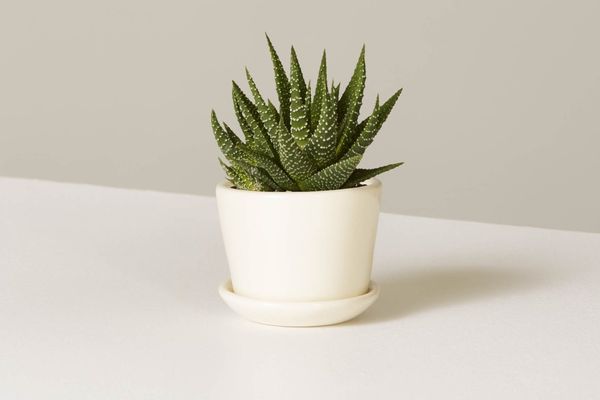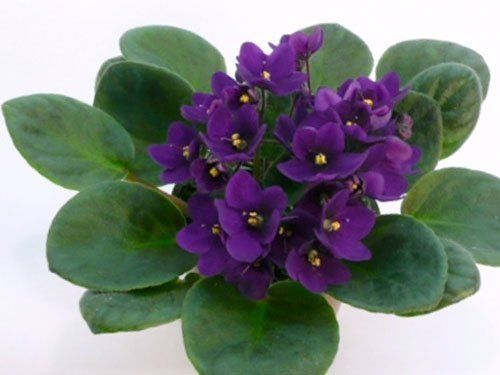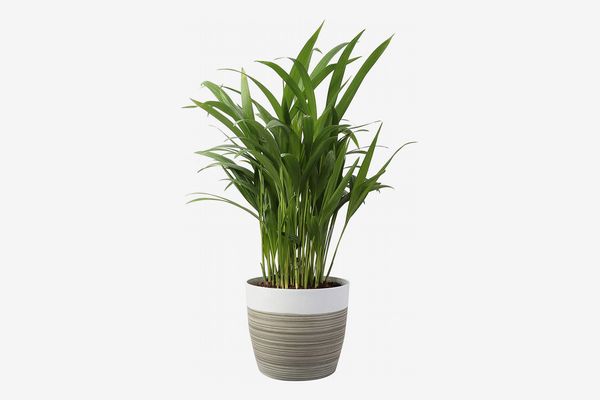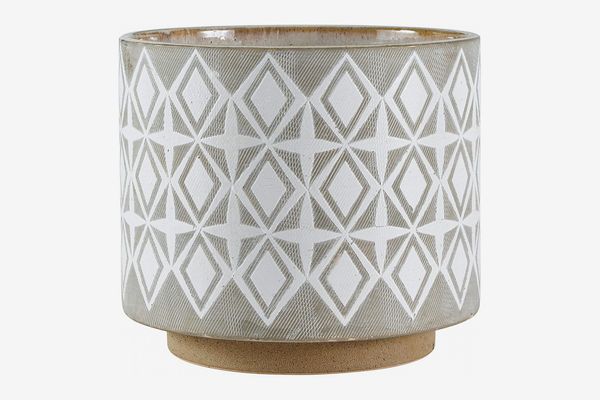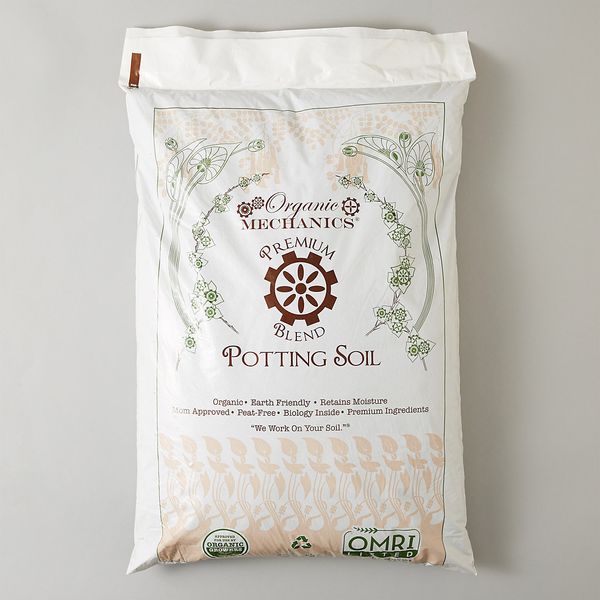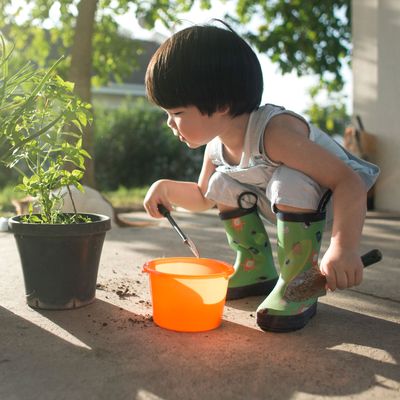
Baby-proofing your home can be surprising. What used to be harmless everyday objects are now injury causers or choking hazards. But it’s not just sharp corners and cleaning products you need to worry about. The plants in your home can also be a potential threat to your actual baby. Things like Peace Lilies, Philodendron, and certain succulents are not safe for small children (be sure to check with poison control before buying new plants). But thankfully, there are many plants you can enjoy with your kids without worrying about their safety.
“Luckily in my practice, I’ve only seen a couple of children that have ingested non-safe plants,” said Tina Pascoe, RN of Nurses for Daycare whose job is to help day-care centers and schools create safe environments for children as young as 6 weeks old. “We do inspections, and by and large, the centers we work with only purchase safe plants.” Keri Byrum a horticulturist, garden blogger and mother of a 16-month-old says a good starting point is to avoid plants that are known to be irritating to the skin, as those can possibly be ingested. We asked Pascoe, Byrum, and five other plant experts, some of whom are also parents, about the safest plants for small children and up that you can buy online. Here are nine that fit the bill. (Some, but not all, are safe for cats and dogs.)
When we asked Pascoe which plants she sees the most in her day-care centers she mentioned a few. Top of the list was the Boston fern. “A lot of the ferns are safe. So we do see a lot of the Boston ferns.” Many of our other experts agreed including Gena Lorainne a professional horticulturist who hailed it as a space-transforming plant because of its beauty and how it filters the air. “This is a nontoxic indoor plant that can transform every space entirely.”
Pascoe is also a fan of Baby’s Tears which will not in fact make babies cry. “There’s one that called baby tears where it has the little teardrop-shaped leaves,” she said. “Those are safe.” And Lorainne recommended trailing plants because they lend themselves to being displayed in out-of-reach areas. “If you go for trailing plants, your options vary as you can grow them in hanging baskets, but they will look great on a top shelf, too.”
The spider plant is perhaps the easiest to care for and safest plant on the market. It’s been mentioned by almost every expert we talked to about both babies and pets. Pascoe said it was one of the best for small children who like transplanting the plant’s little babies. Lorainne had this to say: “It’s a great option, safe for both, kids and pets. The spider plant is one of the best air-purifiers and is absolutely easy to grow. They have gorgeous foliage, which makes them perfect for growing in hanging baskets.”
One sure-fire option is to start an herb garden. “Generally herbs and food producing plants would be best,” said Stan Miklis, horticulturist of Caliper Farm to Market in Dallas, Texas. For older children planting herbs together can be a fun and educational activity. “Herbs are great because they’re something you can do at home, you can start them early and transplant them, they grow pretty easily,” said Pascoe who has worked with kids and herb gardens before.
Another child-safe plant that’s easy to propagate (like the Spider plant) is the Christmas cactus. “It’s totally safe to children and pets and it’s really super easy to propagate,” said George Pisegna, deputy director chief of horticulture at the Horticultural Society of New York. “It needs a sandy loose soil and literally needs to be watered once a month. It’s also a great plant to teach kids how to get into plants.”
Team had blue echeveria on his list, but the entire echeveria family (also called hens and chicks) is safe for children. We like this foursome of rosette-shaped echeverias.
Pisegna and Jessie Waldman of Pistils Nursery in Portland, Oregon, mentioned this easy-to-grow succulent as another one that is safe for kiddos.
The best child-safe flowering plant
Pascoe, Pisegna, and Ben Team who is an arborist and environmental educator had the African violet on their lists. The blooms are edible and according to Pascoe it’s an obvious pick. “Some of the ones that I have seen in my centers are well obviously African violets.”
Both Waldman and Byrum mentioned bigger and heavier plants like the butterfly palm (a.k.a. Areca palm) which is nontoxic and sturdy enough that it won’t topple over. “Larger plants will be better able to withstand some damage, and also remain standing after a slight pull or push, from little ones,” says Byrum.
The best childproof pot
To increase your plants stability several of our experts suggested getting large and heavy planters like this one or one made out of cement. “You have to make sure you have a big enough pot because when you have a toddler they will often grab onto stuff to lift themselves up,” said Waldman. “You want to make sure they can’t knock it over, either that or put it in a place where the baby won’t be able to get to it.”
The best child-safe potting soil
Lastly, it’s good to remember that the soil in your pots is also potentially dangerous and oddly much more attractive to little hands. “The main thing is a lot of toddlers will eat the dirt. They don’t care so much about the plant but they’ll eat the dirt. I’ve never seen dirt or potting soil hurt a child unless it has fertilizer or if it’s sprayed with anything or treated. I would just say, look for anything that has no added fertilizers.” said Pascoe. This organic potting soil may not taste great but it won’t make anybody sick.
The Strategist is designed to surface the most useful, expert recommendations for things to buy across the vast e-commerce landscape. Some of our latest conquests include the best acne treatments, rolling luggage, pillows for side sleepers, natural anxiety remedies, and bath towels. We update links when possible, but note that deals can expire and all prices are subject to change.

